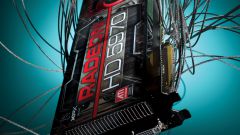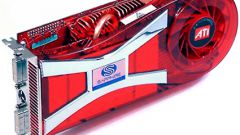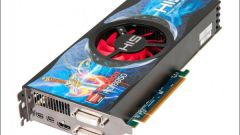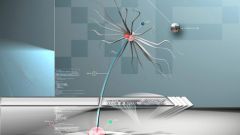However, in some cases, you may need to disable hardware acceleration. Usually happens when there are conflicting this function with a particular program or game, leading to failures and errors in displaying graphics or playing video. Consider the process of disabling hardware acceleration in steps.
In Windows XP:
- Open the properties screen. This can be done through control Panel, or simply right clicking the mouse on any place of the desktop free of Windows and icons, and selecting the context menu item "Properties".
- In the settings window display switch to the "Settings" tab and click "Advanced".
- In the properties window graphics tab "Diagnostics".
- Move the engine "Acceleration" to the far left position ("no") and hit "Apply" or "OK". Hardware acceleration is disabled. The changes will take effect after reboot.
In Windows 7:
- Open control Panel (start — control Panel).
- Locate and open the item "Screen".
- In the left part of the window that opens, click "configure display settings".
- In the opened window click on "advanced settings".
- Go to the Diagnostics tab and click the "Change settings".
- In the opened window move the slider in extreme left position ("no") and press "OK". If UAC is enabled, you will need to confirm that the changes authorized by the user. Hardware acceleration is disabled. The changes will take effect after reboot.
In Windows 7 in some cases, the button "Change settings" is grayed out. In this case, disable hardware acceleration in the graphics card and its driver do not support the manipulation of hardware acceleration.







